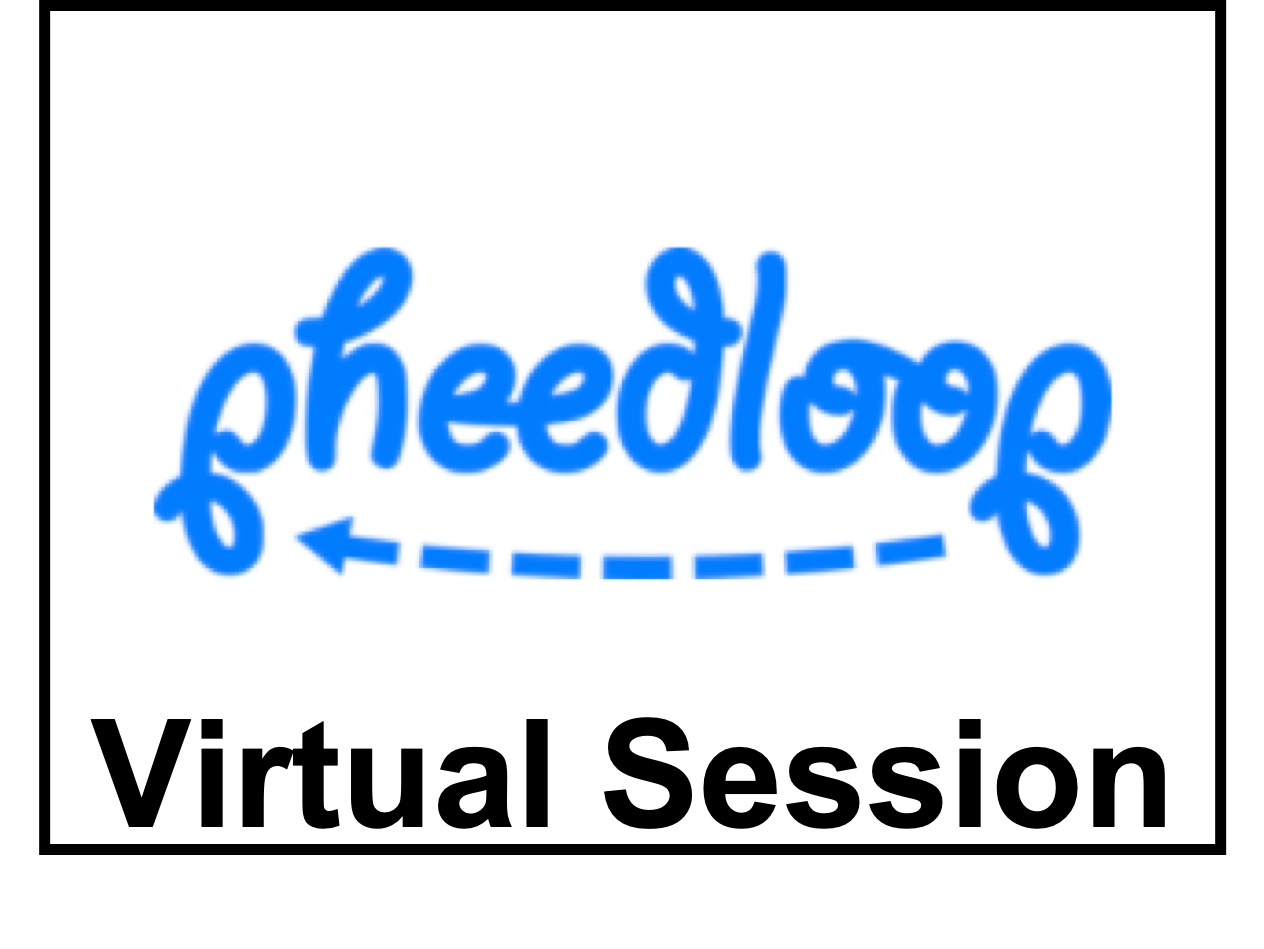Anthony Tompkins, Ransalu Senanayake, Fabio Ramos
 |
 |
 |
Creating accurate spatial representations that take into account uncertainty is critical for autonomous robots to safely navigate in unstructured environments. Although recent LIDAR based mapping techniques can produce robust occupancy maps, learning the parameters of such models demand considerable computational time, discouraging them from being used in real-time and large-scale applications such as autonomous driving. Recognizing the fact that real-world structures exhibit similar geometric features across a variety of urban environments, in this paper, we argue that it is redundant to learn all geometry dependent parameters from scratch. Instead, we propose a theoretical framework building upon the theory of optimal transport to adapt model parameters to account for changes in the environment, significantly amortizing the training cost. Further, with the use of high-fidelity driving simulators and real-world datasets, we demonstrate how parameters of 2D and 3D occupancy maps can be automatically adapted to accord with local spatial changes. We validate various domain adaptation paradigms through a series of experiments, ranging from inter-domain feature transfer to simulation-to-real-world feature transfer. Experiments verified the possibility of estimating parameters with a negligible computational and memory cost, enabling large-scale probabilistic mapping in urban environments.
 | Start Time | End Time |
|---|---|---|
| 07/16 15:00 UTC | 07/16 17:00 UTC |
I believe this paper to be very interesting and the general ideas worthy of publication. The problem setting promises to be useful for many applications, and the computational burden (which is addressed in this work) in this class of approaches is currently one of the main limiting factors hindering widespread adoption. My main worries with the current state of the work are its understandability and its evaluations. As for the understandability, without knowing prior work in that space, the present paper is relatively hard to parse. Although Sec. II-a considerably helps, knowing [13] or one of the Hilbert Maps papers seems still to be required. Furthermore, I feel that the work should state more clearly / early that it casts the mapping tasks in new environments as a domain adaptation task. Second, the evaluation considers mostly other approaches of similar type. However, as the authors' stated goal of this work is overcoming the limitations for real-world use, it would be interesting to see how the proposed approach performs in comparison with lidar mapping techniques that are currently used in practice. This also requires new metrics allowing for comparison of the different map types. Minor Remarks: - I do not understand while inter-domain and intra-domain adaptation are considered different contributions. In that context, I also wonder if it is worth using a broad set of atoms in practice that is applicable to different cities. - on p.2, the authors claim that the parameters of the model are typically learned through a complicated log-likelihood loss. In what sense is that loss complicated? - I think Algorithm 1 would be easier to understand if all the operations that are currently described as text (e.g., "Transfer the source parameters...") would be rephrased as methods and each method would be briefly described in the text. - Related to the previous point: how are the minimization processes in eq. (6) and eq. (7) carried out in practice? How is the prediction in Fig. 7 carried out in practice? - For the evaluation, it would be interesting to see how the performance of the algorithm scales with the number of atoms. In the spirit of Meta-Learning, can one hand-craft a set of particularly representative atoms? - Also, it would be interesting to know if and how the uncertainty depends on the lidar type. Admittedly, I can spontaneously not think of suitable datasets to evaluate this.
The paper builds on existing work (Automorphing Bayesian Hilbert Maps, or ABHM) to generate occupancy maps. As the computational complexity of ABHM prohibits scaling to real-time scenarios, the paper proposes optimal parameter transport. The transfer parameter, or coupling matrix can be computed close to real-time, which is a significant improvement to computing the Bayesian model parameters. Overall, the proposed approach is a clever combination of existing techniques. The paper describes the problem clearly and motivates the use of optimal parameter transport well. The technical quality of the paper needs some improvements. While the motivation behind the parameter transport is clear, it is questionable that the proposed approach provides good results, or not. Computing the NLL may give us some hint about it, but I'm not sure how well does the parameter transport works in actual real-life scenarios. For example, Fig. 3 explains the optimal solution to ABHM, but when looking at Fig. 9 or 11 it is difficult to assess the quality of the POT solution. Also, the actual explicit/implicit adaptation of the model parameters is not detailed and it is questionable if the optimization of the coupling matrix provides always a reasonable result. What happens if my source dictionary does not have the geometrical features in as my target sample has? Overall, the algorithm does not seem to provide guarantees that the resulting occupancy map is indeed close to optimal. The clarity of the paper is good, it is well written. I appreciate the abundant illustrations / figures that explain the idea behind the technically not so clear details. It also helps to understand the motivation behind the work better. Minor comment: don't use "on the other hand" without "on one hand ...". The significance of the work is difficult to assess due to the vague technical details. While the computational speed up is indeed an impactful result, the quality of the resulting occupancy map is difficult to assess, as there are no optimality guarantees (as opposed to the base algorithm, ABHM). It is also unclear how this technique can be adapted to other problems, such as the grasping task mentioned in the discussion.
| |
|
|